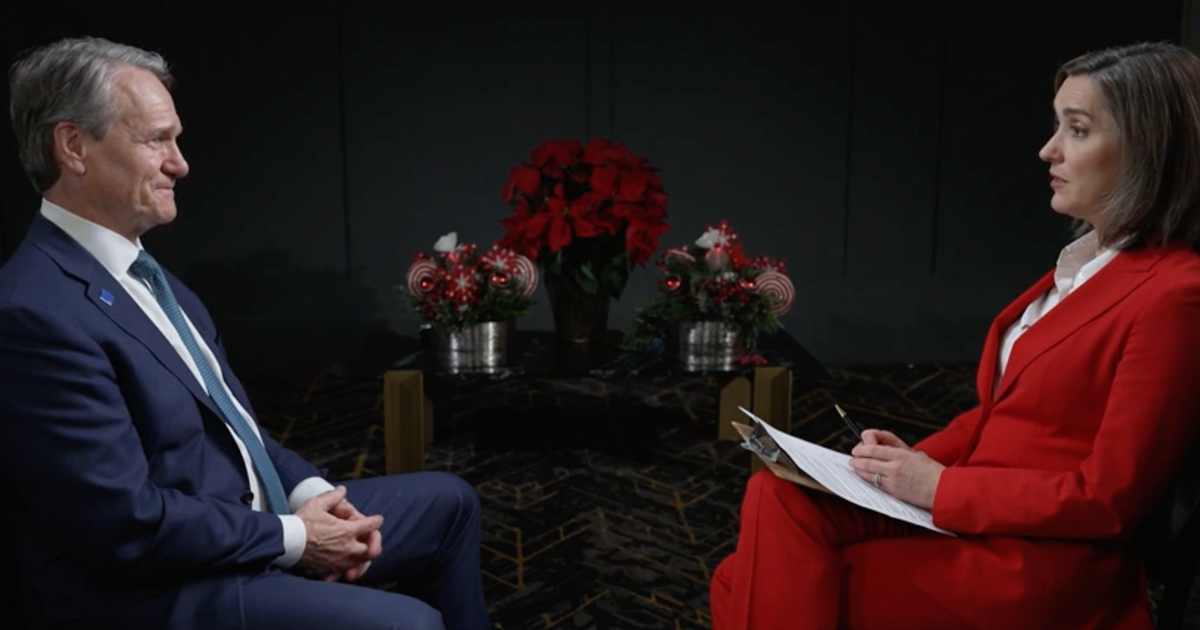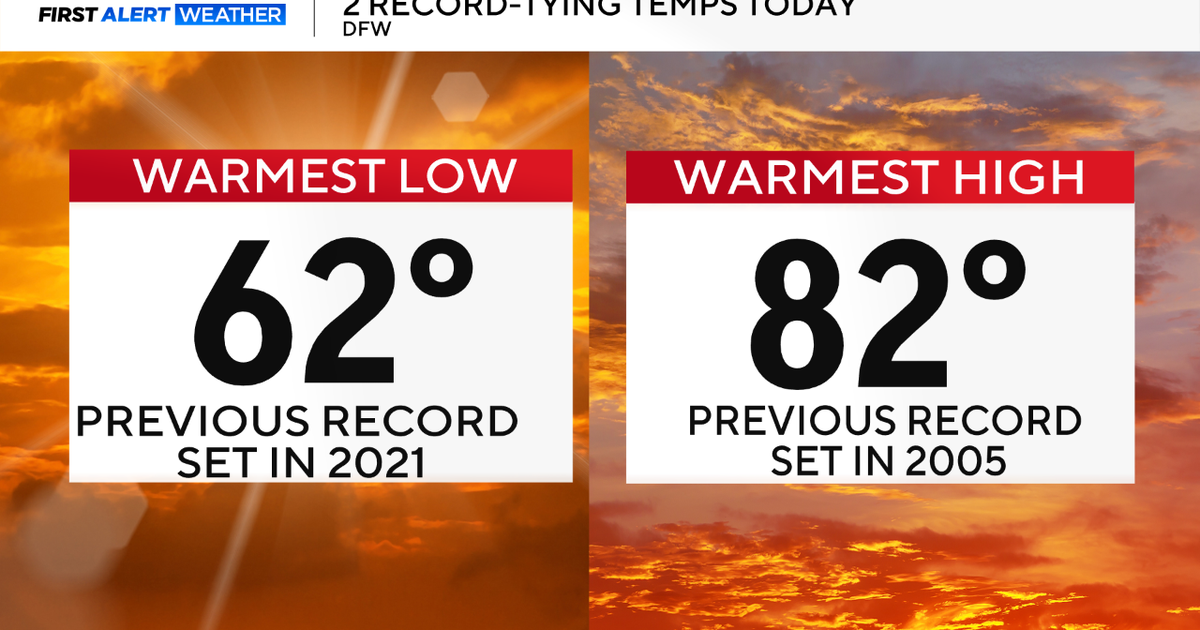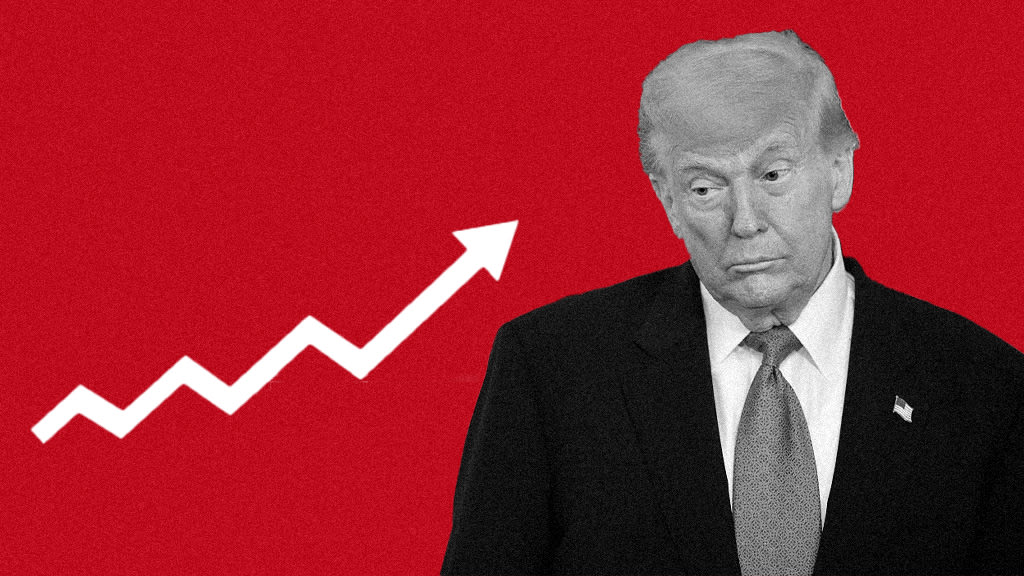CD account interest rate forecast: What experts predict for this year, 2024
In this inflationary period, the Federal Reserve has been raising interest rates to try to cool the economy down. Amidst these rate hikes, which directly affect the cost of banks borrowing from each other, interest rates for things like mortgages and credit cards have also been on the rise. However, higher interest rates don't have to be a total negative for consumers. For those who have the ability to save money, these circumstances also coincide with higher yields for savings accounts like certificates of deposit (CDs).
In particular, short-term CDs, namely 1-year CDs, have relatively high interest rates at the moment. It's not uncommon to find CDs paying above a 5% annual percentage yield (APY). But will these CD rates stick around for long? Could they go even higher? Or will they start to come back down soon?
Predictions can be tricky, but based on the available data, experts largely agree on the general direction of CD rates, as we'll explore in this article.
See what CD interest you could be earning on your money here today.
CD account interest rate forecast for 2023, 2024
Here's what the experts we spoke to predict for the remainder of this year and into 2024.
CD interest rate forecasts for 2023
With inflation showing signs of cooling, and many experts predicting minimal, if any, rate hikes from the Fed for the rest of 2023, CD rates could end up staying relatively stable.
"Based on the recent trends we have been seeing, as well as the anticipated rate movements for the remainder of the year that experts are forecasting, we expect CD rates to largely remain consistent, or at most, slightly higher, for the remainder of 2023," says Billy Cho, market leader at Citi.
That's because the Federal Reserve has an indirect, yet strong, influence on CD rates and other types of banking rates. The Fed affects the cost of banks borrowing from one another, which then affects the rates at which financial institutions lend money to customers. To attract deposits to then lend out at higher rates, financial institutions typically bump up rates for savings products like CDs.
However, many expect the Fed to be nearing the end of its tightening cycle.
"The path of CD rates will mirror the action of the Fed," says Jill Fopiano, president and CEO at O'Brien Wealth Partners. "If they pause in hiking, CD rates are likely to remain at or near current levels. It is unlikely they will drop until the Fed begins cutting rates."
If rates do hold relatively steady in the near term, that could be an incentive for savers to act now.
"What we are seeing indicates that savers should research and lock in some of the attractive high-interest 12- and 24-month CD rates that are currently available before rates ultimately start going down," says Ben McLaughlin, US president at Raisin.
Get started with a CD now and start earning more money.
CD interest rate forecasts for 2024
Next year, the story could end up changing a bit for CDs. Experts generally predict a downward trend in rates, particularly for short-term CDs, although the path could change depending on how economic conditions play out.
"It's more challenging to predict rates out to a longer term given how dynamic the economic environment has been. That said, economic conditions are typically cyclical, and it is likely that we will see easing inflation in 2024," says Cho. "These two factors will, in turn, impact monetary policy and rate movements, which will likely decrease deposit rates for CDs and other savings vehicles next year."
If the Fed starts to cut rates, that could change the current, unusual dynamic of short-term CDs generally paying higher interest rates than long-term CDs.
"As interest rates eventually start to cool, we predict that savers will begin to see longer-term CDs with better rates become available. Eventually, 5-year CDs will pay more than 1-year CDs. While this is considered 'normal,' it is not what we see right now," says McLaughlin.
Longer-term CDs could even experience an uptick in rates as the Fed reduces its balance sheet.
"This simply means that the Fed will continue selling long-term bonds into the market, thus increasing the supply, reducing the bond price, and raising the yield," says Ernie Goss, professor and Jack A. MacAllister Chair in regional economics at Creighton University.
So, to attract deposits that compete with other types of long-term fixed income, long-term CD rates could rise or at least fall at a slower pace than short-term CD rates.
Compare your short-term and long-term CD options here to learn more.
CD alternatives to know
Even if CD interest rates hold up for a while, savers and investors might consider a few other types of financial products based on their situations.
For example, "if you don't want to deal with a lock-up, money market rates are also at their highest levels in a decade but will also drop when the Fed ultimately cuts rates," says Fopiano. "T-bills are also a safe option for those who may be looking for the potential diversification benefits bonds can provide along with an attractive current yield."
Another option for those worried about losing money to persistent inflation is I-bonds.
"Investors can purchase U.S. Treasury I-bonds through U.S. Treasury Direct with no commission. Each investor is limited to $10,000 per year. The yield is regularly adjusted upward as inflation moves upward and the default risk is virtually zero," says Gross.
And for those who do want to invest in CDs but are worried about choosing the wrong terms, building a CD ladder could help. Then, as CDs mature, you can re-evaluate where to put that money based on the economic conditions at that time.
"For example, someone looking to invest $8,000 could split that into $2,000 lumps and invest in four fixed-rate CDs with terms of six months, nine months, 12 months, and 24 months. After the first six months, the initial investment amount, including accrued interest, is paid out and can be reinvested at the highest interest rate available," says McLaughlin.
Also, if interest rates fall for CDs and other types of savings accounts and fixed income, investors might turn more toward assets like stocks. But you don't have to pick just one investment category. You can diversify with CDs, Treasuries, stocks and other types of assets so that even if interest rates go in an unexpected direction, you might be better positioned to withstand these changes.
Whatever you choose, be sure to compare interest rates, fees and risk so that you can optimize your money. Speaking with a trusted advisor can also help when it comes to making these decisions.






